A disconnector, also known as an isolator switch or disconnect switch in low – voltage electrical appliances, is a crucial device. It is mainly used to isolate a part of the electrical circuit from the power source for maintenance, inspection, or safety reasons.
When the disconnector is in the open position, it provides a visible break in the circuit, ensuring that there is no electrical connection between the power – side and the load – side. This visible break is a significant safety feature, allowing operators to clearly confirm that the circuit is de – energized.
In normal operation, the disconnector should be able to carry the rated current without excessive heating or other malfunctions. It is designed to withstand short – circuit currents for a short period to ensure the stability of the electrical system during fault conditions.
Different expressions for disconnector in English include “isolator switch” and “disconnect switch”. These terms are often used interchangeably in the electrical field, but in some specific contexts, there may be slight differences in emphasis. For example, “isolator switch” may emphasize the function of isolating the circuit, while “disconnect switch” may highlight its function as a switch for breaking the connection.
Globally, there are a wide variety of different designs of disconnect switches. I’ve listed 16 designs that all fall under the category of “panel mounting with padlock handle”. Among these designs, which ones have you used? And which one do you prefer?
Isolator Switch Brands in the world:
Kraus Naimer Isolator Switches:
KG10A/KG10B/KG20/KG20A/KG20B/KG32/KG32A/KG32B/KG41/KG41B/KG64/KG64B/KG80/KG80C/KG100/KG100C/KG105/KG105C/
KG125/KG126/KG127/KG160/KG161/KG162/KG210/KG211/KG212/KG250/KG251/KG252/KG315/KG316/KG317
Ampere Range: 20A/25A/32A/40A/63A/80A/100A/125A/160A/200A/250A/315A
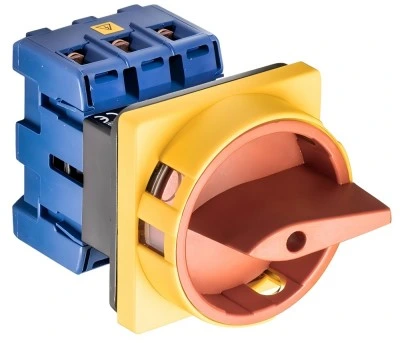
Konrak Switch Factory can provide the similar design as replacement, contact [email protected] if any need.
Sontheimer LO Isolator Switches:
LT16/LT20/LT25/LT32/LT40/LT63/LT80/LT100/LT125/LT160/LT180/LT250/LT315/HLX80/HLX125/HLX160/HLX180/HLX250
Ampere Range: 16A/20A/25A/32A/40A/63A/80A/100A/125A/160A/180A/250A/315A
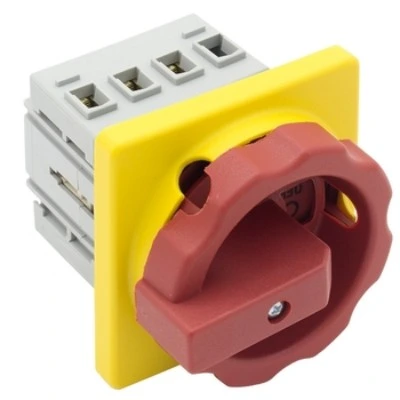
Merz ML Isolator Switches
ML0-016/ML0-032/ML1-016/ML1-025/ML1-032/ML1-040/ML1-050/ML1-063/ML2-063/ML2-080/ML3-125/ML4-125/ML4-160/ML5-200/ML6-315/ML6-400/ML6-500/ML7-630
Ampere Range: 16A/25A/32A/40A/50A/63A/80A/125A/160A/200A/250A/315A/400A/500A/630A
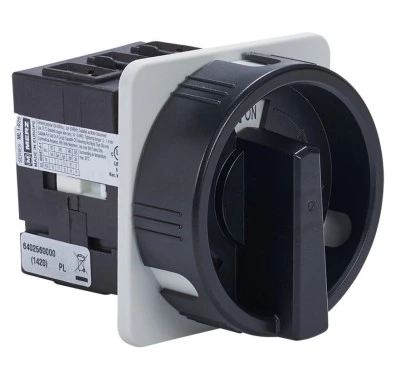
Sälzer H2 Disconnect Switches
H216 / H220 / H226 / H233 / B240 / B250 / B263 / H406 / H408 / H410 / H412
Ampere Range: 20A/25A/32A/40A/50A/63A/80A/100A/125A
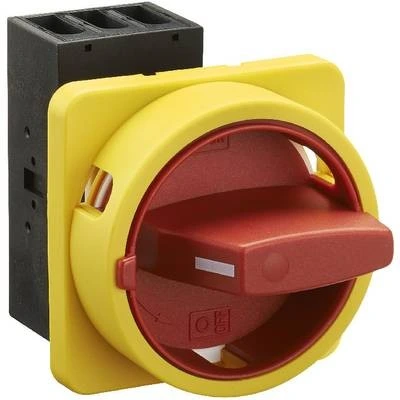
Elektra Tailfingen D Main Switch
DK1/D1//D2/D3/DK4/D4/D5/D6/D7/DL8/DL9/NL400/NL630/V2N R1/R2/R3/D3/D4/D5/S1/S3N/S4N/S5N/S6N/S7N
Ampere Range: 25A/32A/40A/63A/80A/100A/110A/125A/160A/200A/250A/400A/630A
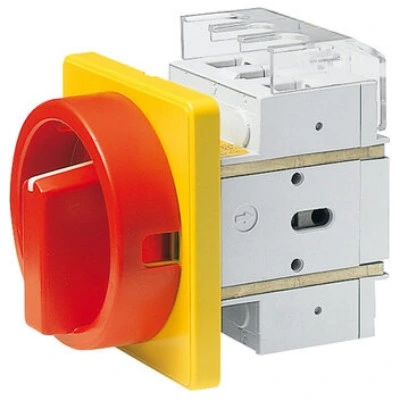
KATKO RT Isolator Switches
RT 316 / RT 325 / RT 340
Ampere Range: 25A/40A
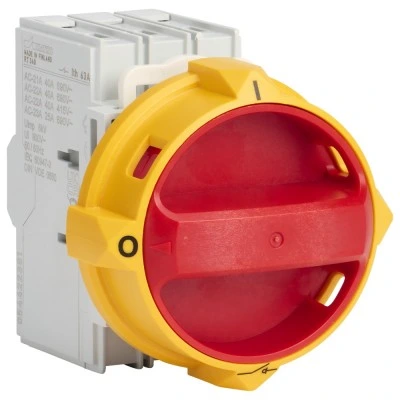
Giovenzana SE Isolator Switches
SQ025/SQ032/SQ040/SQ063
Ampere Range: 32A/40A/63A/80A
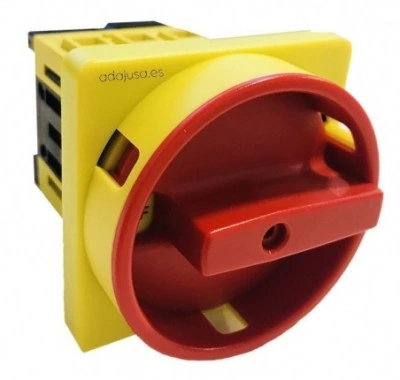
BACO DISCONNECT SWITCHES
No item code, only part number like 0172001/0172301/0172501
Ampere Range: 25A/32A/50A/63A/80A/100A

Benedict Switch Disconnector/Main Switch
LTS20/LTS25/LTS32/LTS40/LTS63/LTS80/LTS85/LTS100/LTS125/LTS160
Ampere Range: 20A/25A/32A/40A/63A/80A/85A/100A/125A/160A

Control Switch International
L16/L20/L25/L32/L40/L63/L80/L100/L125
Ampere Range:
16A/20A/25A/32A/40A/63A/80A/100A/125A
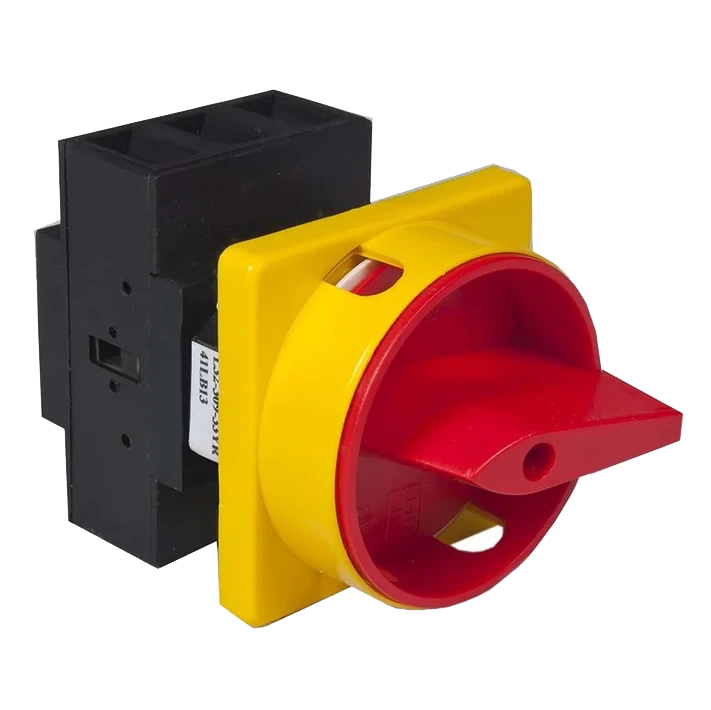
Rockwell Automation
194E-A16/194E-A25/194E-A32/194E-A40/194E-A63/194E-A80/194E-A100
Ampere Range: 16A/25A/32A/40A/63A/80A/100A
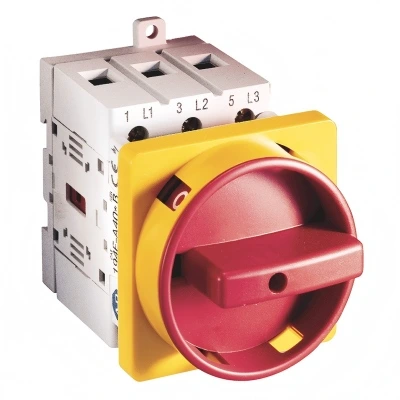
Telergon Gorlan Compact Switch Disconnectors
S3-0016/S3-0020/S3-0025/S3-0032/S3-0040/S3-0063/S3-0080/S3-0100/S3-0125
Ampere Range: 16A/20A/25A/32A/40A/63A/80A/100A/125A
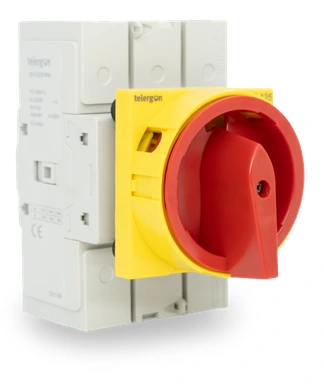
GEWISS S.p.A.
GW70001/GW70002/GW70003/GW70052/GW70053/GW70004/GW70005/GW70006/GW70055/GW70056/GW70007/GW70008/
GW70058/GW70059/GW70061/GW70062/GW70064/GW70065/GW70067/GW70068
Ampere Range: 16A/25A/32A/40A/63A/80A/100A/125A/160A
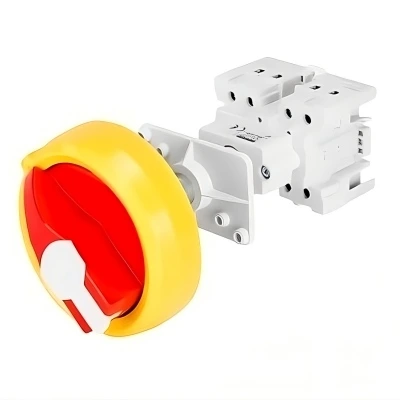
Lovato Electric
GA016/GA025/GA030/GA032/GA040/GA063/GA080/GA100/GA125/GA160A
Ampere Range: 16A/25A/30A/32A/40A/63A/80A/100A/125A/160A
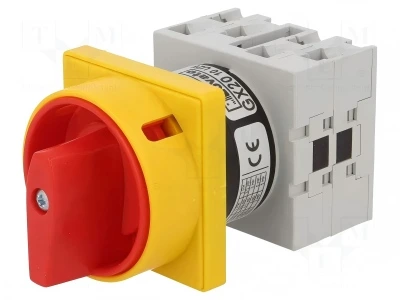
Salzer Electronics Limited
LB116/LB120/LB225/LB232/LB240/LB263/LB4080/LB4100/LB4125/LB5160/LB6250
Ampere Range: 16A/20A/25A/32A/40A/63A/80A/100A/125A/160A/250A
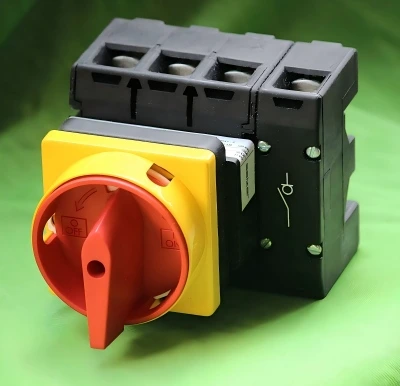
IMO Precision Controls Ltd
PM69-3020/PM69-3025/PM69-3032/PM69-3040/PM69-3063/PM69-3080/PM69-30100/PM69-30125/PM69-4020/PM69-4032/PM69-4040/PM69-4063/PM69-4080-PM69-40100
Ampere Range: 20A/25A/32A/40A/63A/80A/100A/125A
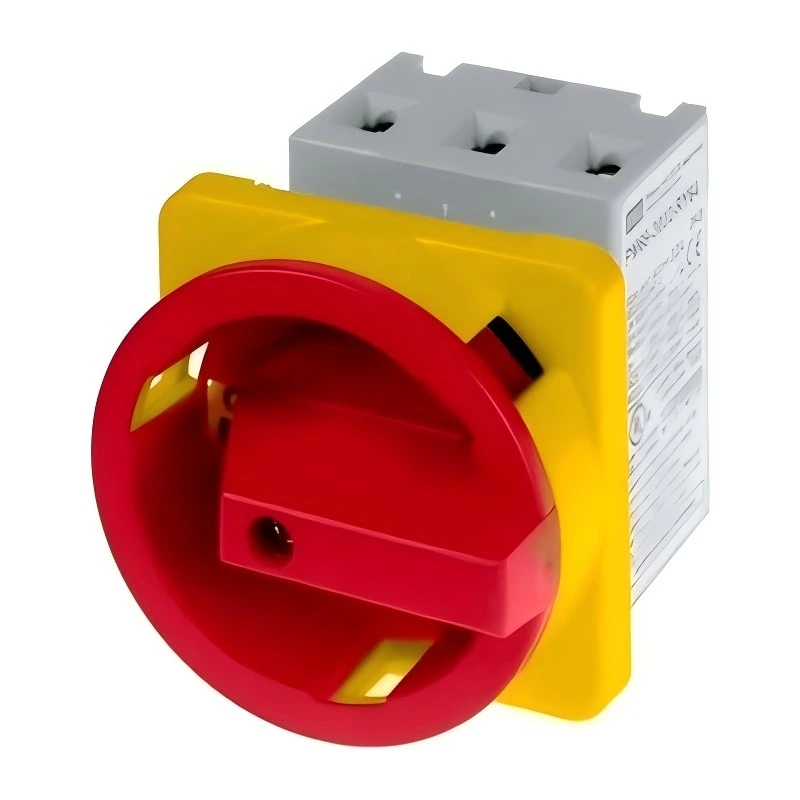
Conclusion
Sälzer Electric GmbH, Salzer Electronics Limited, Control Switch International have the similar type of switch, same as EATON type, and there are a lot of copy in China about this version. Does that mean most of the users like this type?
FAQs
- What is an isolator switch?
An isolator switch (or disconnector) is a mechanical device in electrical systems that creates a visible, physical break between a circuit/equipment and its power source. It is used to safely isolate components for maintenance or repairs, ensuring no current flows through the system when operated. - What’s the key difference between an isolator switch and a circuit breaker?
A circuit breaker is a protective device that automatically interrupts fault currents (e.g., short circuits) to prevent damage. An isolator switch, by contrast, is manually operated and cannot stop load current—it only isolates de-energized circuits. Think of it as a “safety lock” after the breaker has shut off power. - When should you use an isolator switch?
Use it when:- Performing maintenance on electrical equipment (e.g., motors, transformers).
- De-energizing a circuit to prevent accidental energization.
- Separating parts of a system for testing or troubleshooting.
- What safety precautions are critical when operating an isolator switch?
- Verify de-energization: Ensure the circuit is off via a circuit breaker or fuse before flipping the isolator.
- No load operation: Never use it to interrupt current—this can cause arcing and damage.
- Lockout-Tagout (LOTO): Secure the switch in the “off” position with a lock/tag to prevent unauthorized use.
- Inspect regularly: Check for corrosion, loose connections, or wear before operation.
- What are common types of isolator switches?
- Knife Isolator: A simple, low-voltage type with a blade that inserts into a fixed contact (e.g., for residential panels).
- Load Break Isolator: Designed to handle small load currents (e.g., 10-20A) in medium-voltage systems (e.g., distribution networks).
- Double-Throw Isolator: Allows switching between two power sources (e.g., main grid and backup generator) for redundancy.
- Can an isolator switch be used as a substitute for a circuit breaker?
No. An isolator switch lacks the protective features (overcurrent/short-circuit protection) of a circuit breaker. It should only be used in conjunction with a breaker to isolate de-energized circuits, not as a replacement.

